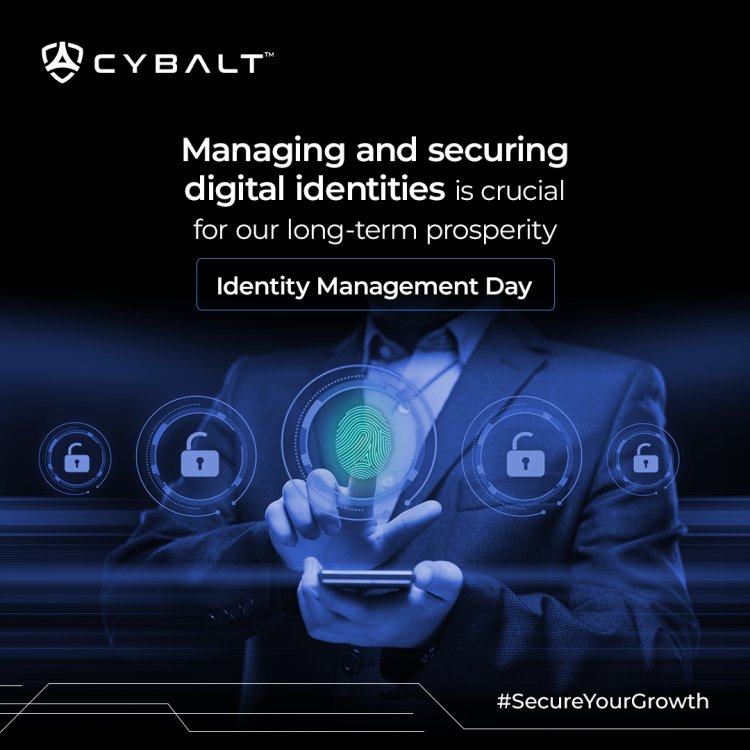Infrastructure Data Security Services Company - Cybalt
Infrastructure data security services refer to a set of measures, technologies, and practices designed to protect the data stored, processed, and transmitted within an organization's IT infrastructure.
Share this Post to earn Money ( Upto ₹100 per 1000 Views )
Infrastructure data security services refer to a set of measures, technologies, and practices designed to protect the data stored, processed, and transmitted within an organization's IT infrastructure. These services aim to safeguard sensitive information and maintain the confidentiality, integrity, and availability of data in the face of various threats, such as cyberattacks, data breaches, and insider threats. Here are some key components and aspects of infrastructure data security services:
-
Access Control: Implementing robust access control mechanisms to ensure that only authorized users and devices can access sensitive data. This includes user authentication, authorization, and access management.
-
Encryption: Encrypting data both in transit and at rest to prevent unauthorized access. This includes technologies like SSL/TLS for network encryption and encryption of data stored on servers and devices.
-
Network Security: Protecting the infrastructure's network with firewalls, intrusion detection and prevention systems, and other security measures to safeguard against external threats like hacking and malware.
-
Data Loss Prevention (DLP): Deploying DLP solutions to monitor, detect, and prevent the unauthorized transfer or leakage of sensitive data, whether intentional or accidental.
-
Vulnerability Management: Regularly scanning the infrastructure for vulnerabilities, applying patches and updates, and conducting security assessments to mitigate potential risks.
-
Security Information and Event Management (SIEM): Using SIEM tools to monitor and analyze security events and incidents, enabling rapid response to threats and compliance with security policies.
-
Endpoint Security: Ensuring that all endpoints, such as computers, mobile devices, and IoT devices, are secured with antivirus software, intrusion prevention systems, and other protective measures.
-
Identity and Access Management (IAM): Managing user identities, roles, and permissions to ensure that only authorized users can access specific resources and data.
- Data Classification and Labeling: Categorizing data based on its sensitivity and applying appropriate security measures accordingly.
- Incident Response and Disaster Recovery: Developing and testing incident response plans and disaster recovery procedures to minimize the impact of security incidents and data breaches.
- Security Awareness Training: Educating employees and stakeholders on security best practices and policies to reduce the risk of insider threats.
- Compliance: Ensuring that the infrastructure meets regulatory requirements and industry standards for data security and privacy, such as GDPR, HIPAA, or PCI DSS.
- Cloud Security: Extending data security practices to cloud-based infrastructure and services, including public, private, and hybrid cloud environments.
- Monitoring and Auditing: Regularly monitoring and auditing the infrastructure's security controls and configurations to identify and remediate vulnerabilities and risks.
- Security Policies and Procedures: Establishing and enforcing security policies and procedures to guide the organization's data security efforts.

 cybersecurityservices
cybersecurityservices 












